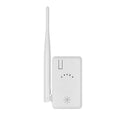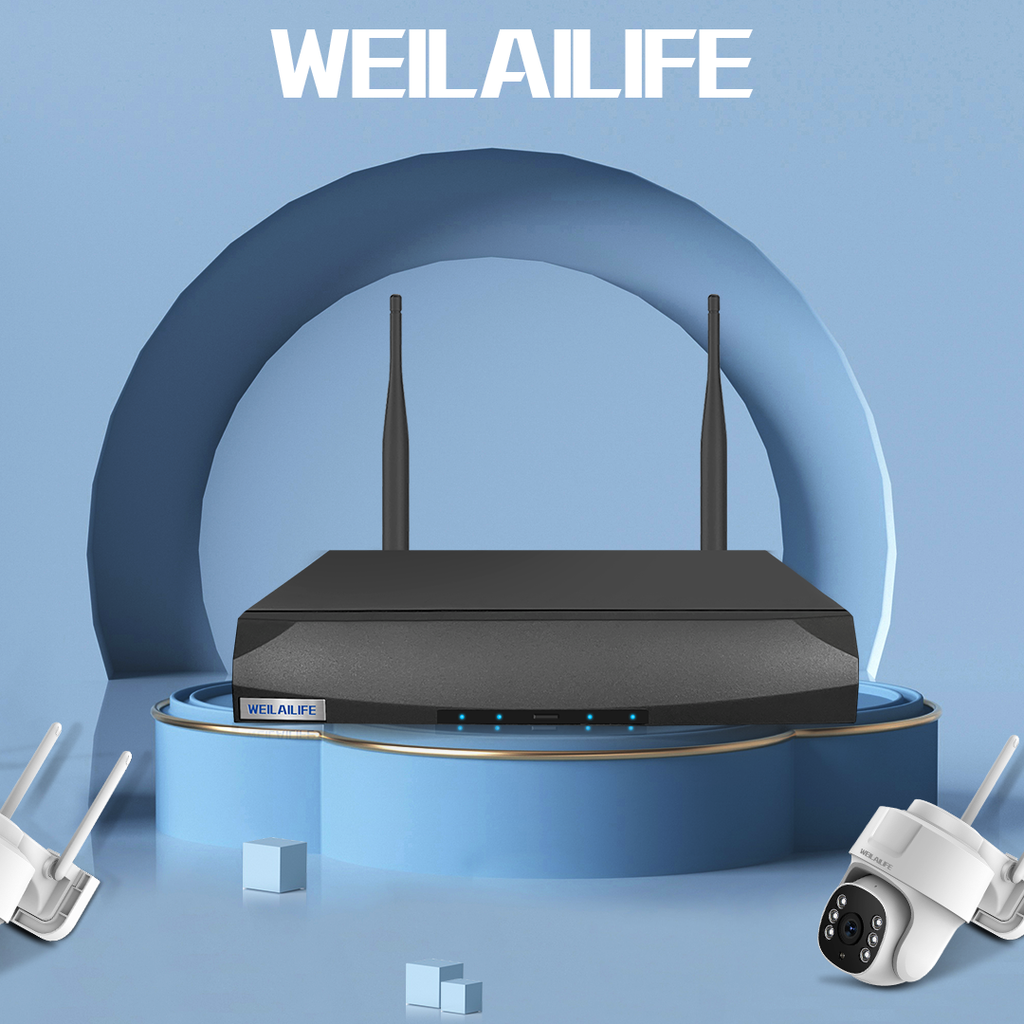Common Video Interference in Surveillance Systems and How to Address Them - Insights from WEILAILIFE
Introduction:
As a leading brand in the monitoring equipment industry, WEILAILIFE is committed to providing top-notch video surveillance solutions for businesses and residential use. Our innovative POE (Power over Ethernet) security camera systems offer high-quality video footage, advanced features, and reliable performance to meet the diverse needs of our customers. In this article, we will explore the main types of video interference that users might encounter in their surveillance systems and provide insights on how to address and resolve these issues effectively.
50Hz Frequency Interference:
One common interference that users may face is the appearance of a black or white bar scrolling up or down the monitor's screen. This phenomenon is known as 50Hz frequency interference. It often occurs due to improper grounding between the front-end and control center devices, resulting in potential differences and forming a loop that disrupts the video surveillance system. Additionally, this interference may also result from the decline in the power performance of the equipment. To address this issue, users should ensure proper grounding and power supply stability.
Snow-like Noise:
Another form of interference is the presence of snow-like noise in the video image. This interference is typically caused by signal attenuation and high-frequency interference coupling in the transmission lines. To mitigate this problem, it is crucial to use high-quality transmission lines and ensure efficient shielding to reduce signal loss and interference.
Image Ghosting:
Image ghosting, whiteout, or character jitter are common forms of interference where several equally spaced vertical lines disrupt the monitor's screen. This issue arises when the video transmission lines or devices have characteristic impedance other than 75Ω, leading to impedance mismatch. To overcome this problem, it is essential to use transmission lines with appropriate impedance to ensure compatibility between devices.
Diagonal Lines, Jumping Interference, and Power Disturbances:
These types of interference can cause mild image distortions or severe image twisting, making it challenging to view the footage. The causes for these interferences can be numerous and complex, such as low-quality video transmission lines with poor shielding, power supply system noise, or strong nearby interference sources. Addressing this issue requires careful examination of the potential causes and eliminating the sources of interference.
Large-Scale Mesh Interference or Single-Frequency Interference:
This interference is primarily caused by short-circuited or broken core wires within the video cable or poor BNC connector contacts. To resolve this issue, users should inspect the video cable and connectors for any damages and ensure proper connections.
Conclusion:
At WEILAILIFE, we understand the importance of seamless and reliable video monitoring. As a provider of cutting-edge POE security camera systems, we aim to empower our customers with robust solutions to safeguard their properties and businesses. By recognizing and addressing the various forms of video interference discussed in this article, users can enhance the performance and effectiveness of their surveillance systems, ensuring a more secure and peaceful environment. With WEILAILIFE's commitment to innovation and customer satisfaction, we continue to lead the industry in providing advanced and reliable surveillance solutions.
As a leading brand in the monitoring equipment industry, WEILAILIFE is committed to providing top-notch video surveillance solutions for businesses and residential use. Our innovative POE (Power over Ethernet) security camera systems offer high-quality video footage, advanced features, and reliable performance to meet the diverse needs of our customers. In this article, we will explore the main types of video interference that users might encounter in their surveillance systems and provide insights on how to address and resolve these issues effectively.
50Hz Frequency Interference:
One common interference that users may face is the appearance of a black or white bar scrolling up or down the monitor's screen. This phenomenon is known as 50Hz frequency interference. It often occurs due to improper grounding between the front-end and control center devices, resulting in potential differences and forming a loop that disrupts the video surveillance system. Additionally, this interference may also result from the decline in the power performance of the equipment. To address this issue, users should ensure proper grounding and power supply stability.
Snow-like Noise:
Another form of interference is the presence of snow-like noise in the video image. This interference is typically caused by signal attenuation and high-frequency interference coupling in the transmission lines. To mitigate this problem, it is crucial to use high-quality transmission lines and ensure efficient shielding to reduce signal loss and interference.
Image Ghosting:
Image ghosting, whiteout, or character jitter are common forms of interference where several equally spaced vertical lines disrupt the monitor's screen. This issue arises when the video transmission lines or devices have characteristic impedance other than 75Ω, leading to impedance mismatch. To overcome this problem, it is essential to use transmission lines with appropriate impedance to ensure compatibility between devices.
Diagonal Lines, Jumping Interference, and Power Disturbances:
These types of interference can cause mild image distortions or severe image twisting, making it challenging to view the footage. The causes for these interferences can be numerous and complex, such as low-quality video transmission lines with poor shielding, power supply system noise, or strong nearby interference sources. Addressing this issue requires careful examination of the potential causes and eliminating the sources of interference.
Large-Scale Mesh Interference or Single-Frequency Interference:
This interference is primarily caused by short-circuited or broken core wires within the video cable or poor BNC connector contacts. To resolve this issue, users should inspect the video cable and connectors for any damages and ensure proper connections.
Conclusion:
At WEILAILIFE, we understand the importance of seamless and reliable video monitoring. As a provider of cutting-edge POE security camera systems, we aim to empower our customers with robust solutions to safeguard their properties and businesses. By recognizing and addressing the various forms of video interference discussed in this article, users can enhance the performance and effectiveness of their surveillance systems, ensuring a more secure and peaceful environment. With WEILAILIFE's commitment to innovation and customer satisfaction, we continue to lead the industry in providing advanced and reliable surveillance solutions.
Sample Block Quote
Nam tempus turpis at metus scelerisque placerat nulla deumantos sollicitudin delos felis. Pellentesque diam dolor an elementum et lobortis at mollis ut risus. Curabitur semper sagittis mino de condimentum.
Sample Paragraph Text
Lorem ipsum dolor sit amet, consectetur adipiscing elit. Morbi ut blandit risus. Donec mollis nec tellus et rutrum. Orci varius natoque de penatibus et magnis dis parturient montes, nascetur ridiculus mus. Ut consequat quam a purus faucibus scelerisque. Mauris ac dui ante. Pellentesque congue porttitor tempus. Donec sodales dapibus urna sed dictum.









